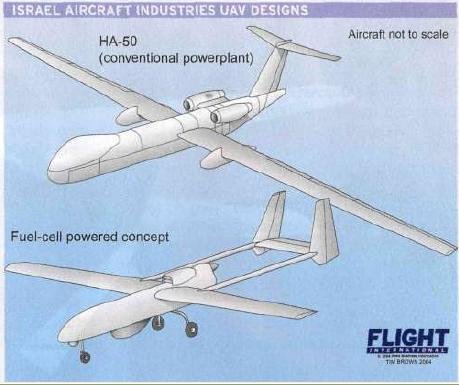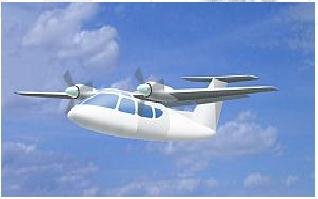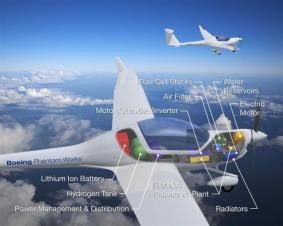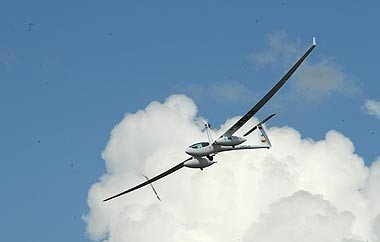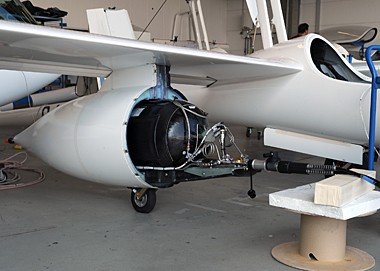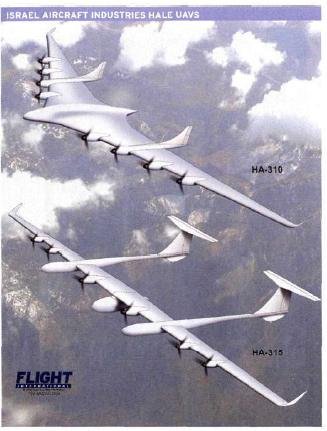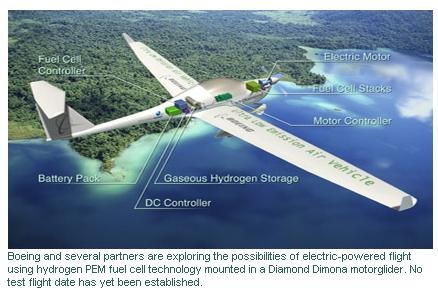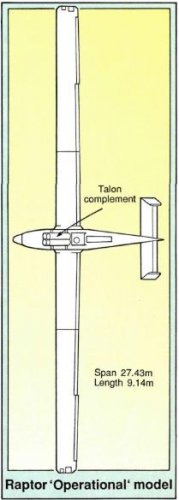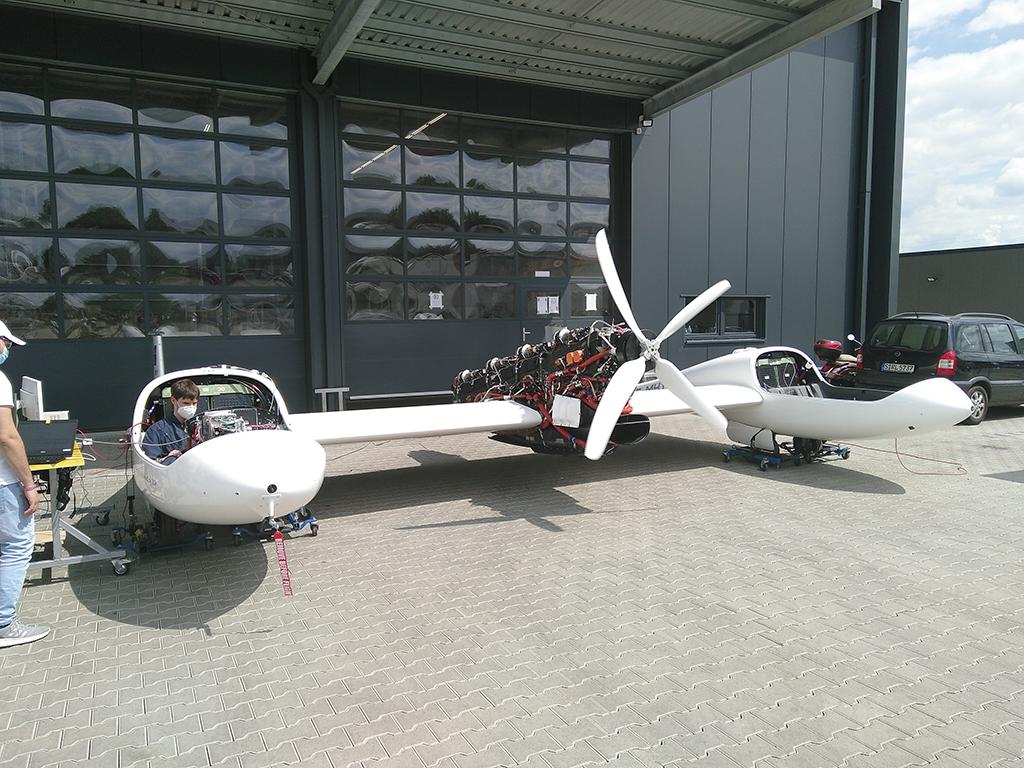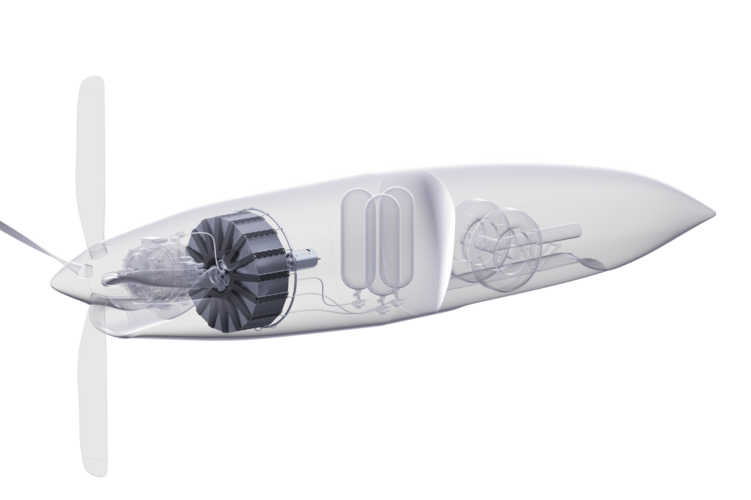- Joined
- 26 May 2006
- Messages
- 34,922
- Reaction score
- 15,794
Hi,
here is some IAI and Boeing fuel cell-powered aircraft and UAV.
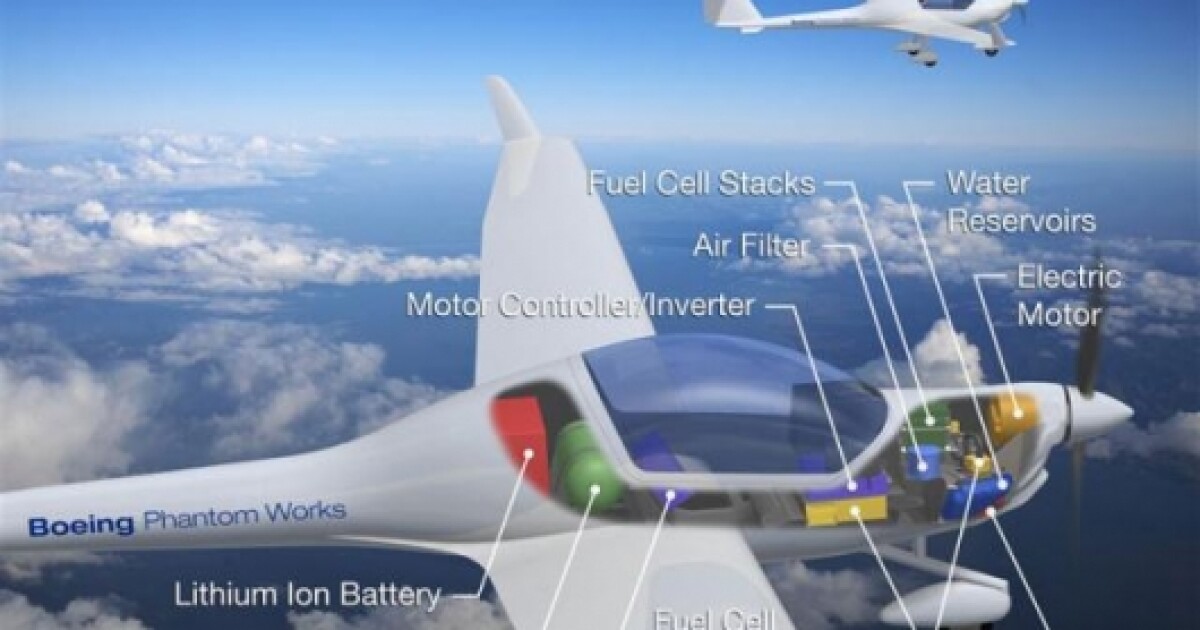
 www.gizmag.com
www.gizmag.com
here is some IAI and Boeing fuel cell-powered aircraft and UAV.

Boeing working on Fuel Cell Airplane
March 28, 2007 With all the effort we are witnessing in developing environmentally progressive technologies for automotive applications, it’s great to see that Boeing researchers and industry partners throughout Europe are planning to conduct experimental flight tests this year of a manned airplane…
Attachments
Last edited:

